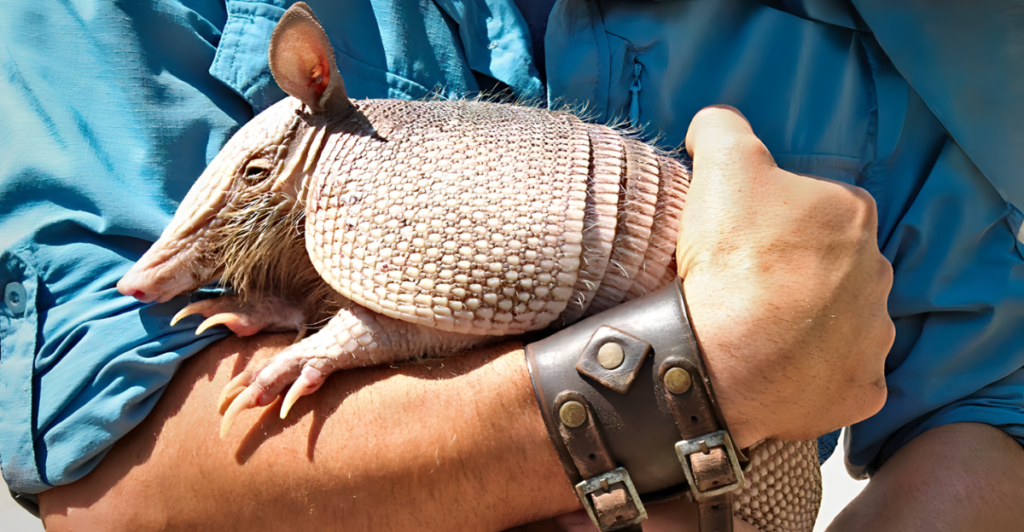
Armadillos are some of the most fascinating and unusual mammals on the planet. With their distinctive armor, quirky behaviors, and surprising abilities, these creatures stand out in the animal kingdom. From their ability to leap several feet into the air when startled to their unexpected talent for swimming, armadillos possess traits that make them truly one of a kind. These are twelve incredible things that make armadillos truly unique.
1. Armored Bodies
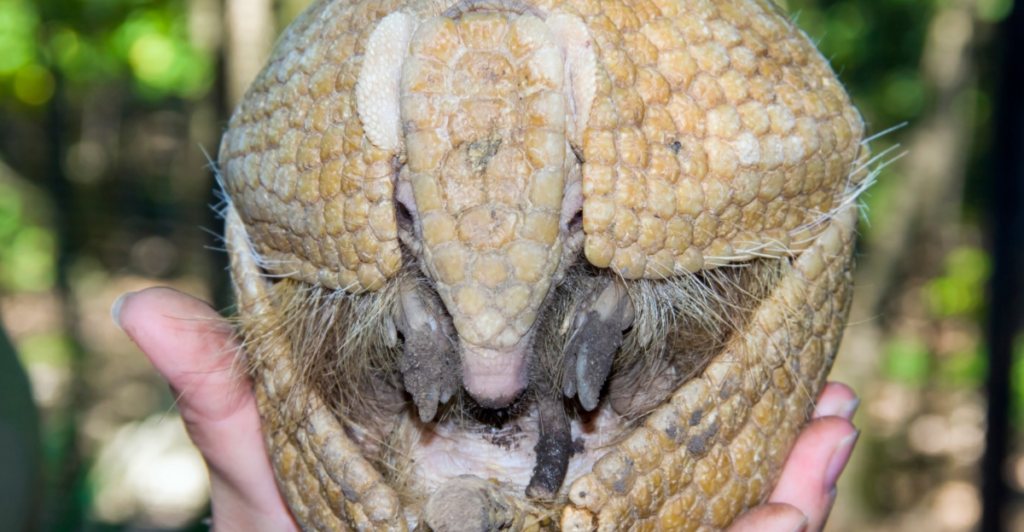
Armadillos are the only living mammals with a hard shell made of bony plates covered in scales. This armor protects them from predators and allows some species, like the three-banded armadillo, to roll into a ball for defense. Some armadillos rely on quick burrowing instead of rolling up when threatened.
2. Quadruplet Births
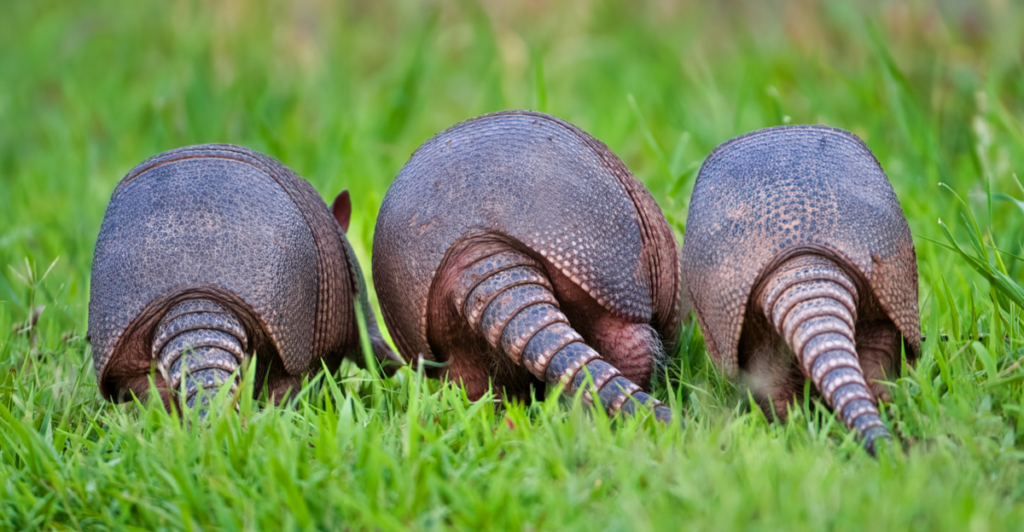
Nine-banded armadillos almost always give birth to identical quadruplets, making them the only mammals known to produce genetically identical offspring consistently. This unique reproductive trait ensures genetic consistency but limits genetic diversity, making them more vulnerable to diseases and environmental changes.
3. Leaping Ability
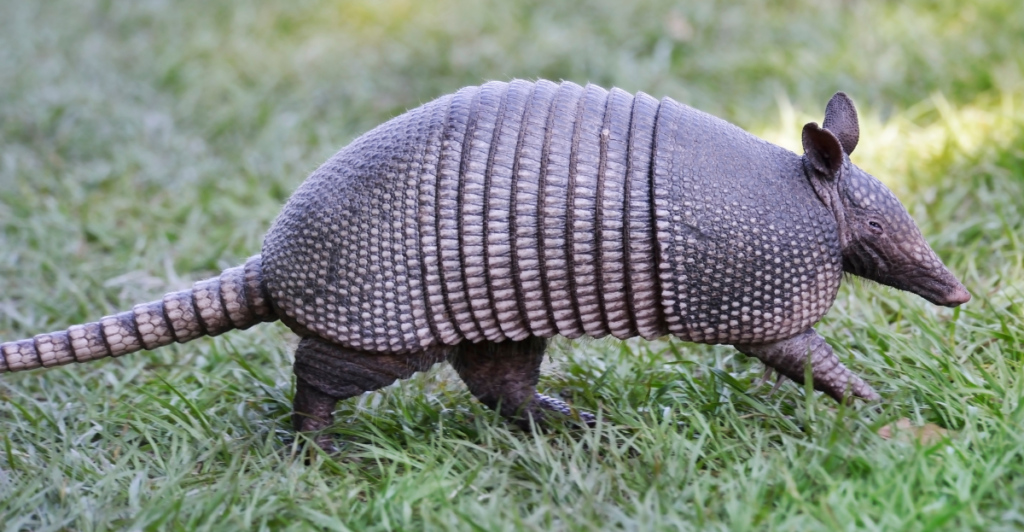
When startled, armadillos can jump 3 to 5 feet vertically. This surprising ability often catches predators off guard but, unfortunately, contributes to their frequent encounters with vehicles. Instead of running away like other animals, their instinctive reaction to danger is to leap straight up, which often leads to collisions with car bumpers.
4. Underwater Skills
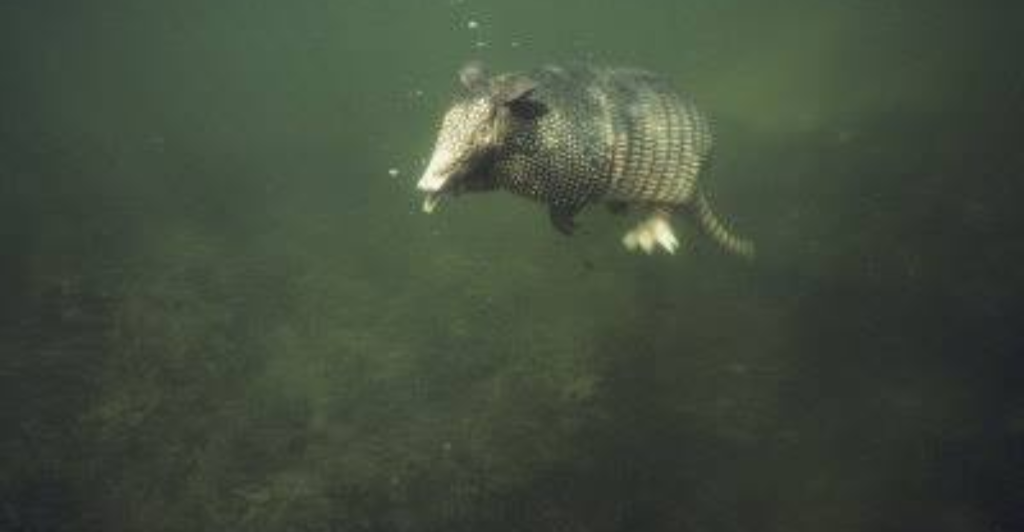
Armadillos are excellent swimmers and can hold their breath for up to six minutes. They can even walk along the bottom of streams to cross bodies of water. To stay afloat when necessary, they can gulp air into their stomach and intestines.
5. Specialized Diet
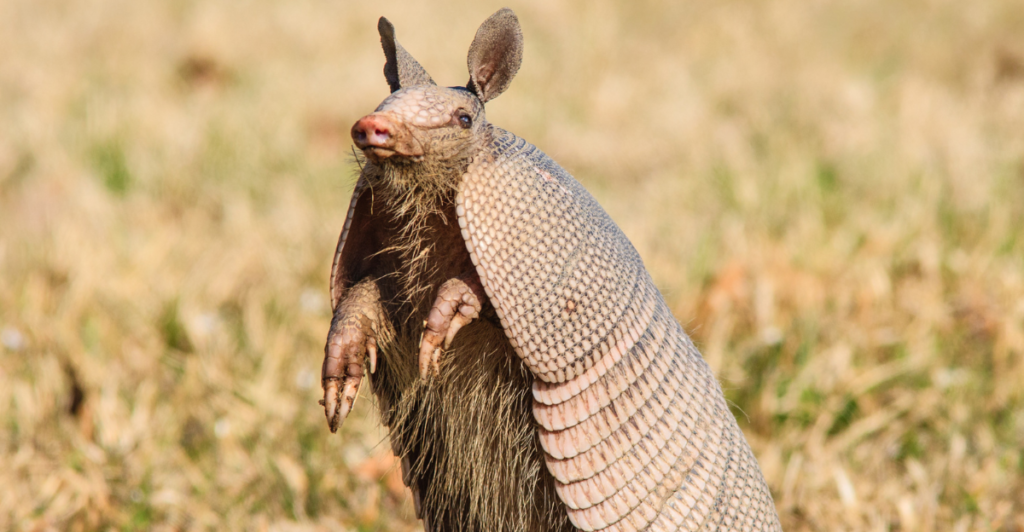
Most armadillos are insectivores with long, sticky tongues perfect for catching ants and termites. A nine-banded armadillo can consume thousands of ants in a single meal. Some species, like the giant armadillo, can break open termite mounds with their powerful claws, making them important ecosystem regulators.
6. Poor Eyesight But Keen Smell
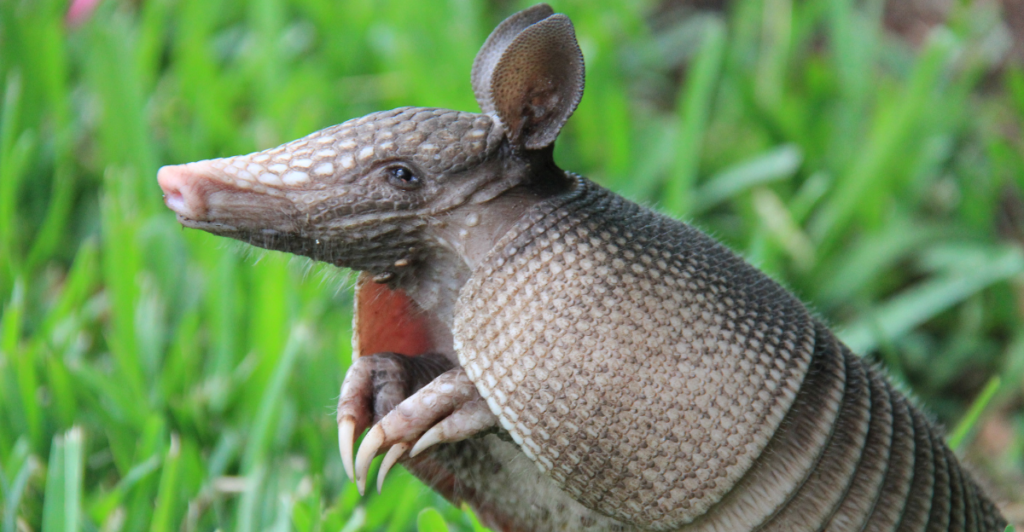
Armadillos have very poor vision but compensate with an excellent sense of smell, which they use to locate food and navigate their environment. They can detect insects buried several inches underground, using their noses like built-in metal detectors to sniff out meals.
7. Nocturnal Lifestyle
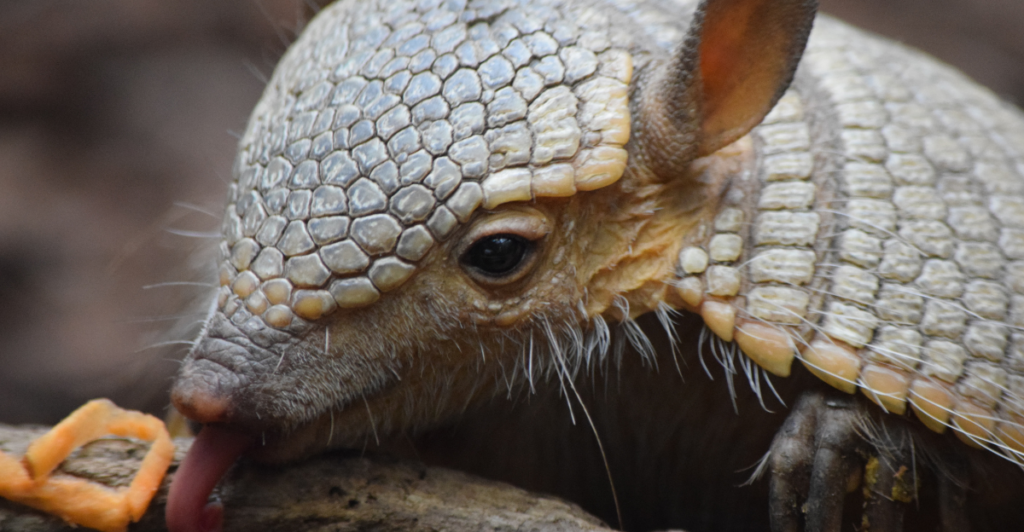
These animals are primarily nocturnal, emerging from their burrows at dawn, dusk, or night to forage for food and avoid the heat of the day. In colder seasons, they may become more active during the daytime to take advantage of the sun’s warmth, adjusting their habits based on environmental conditions.
8. Digging Prowess
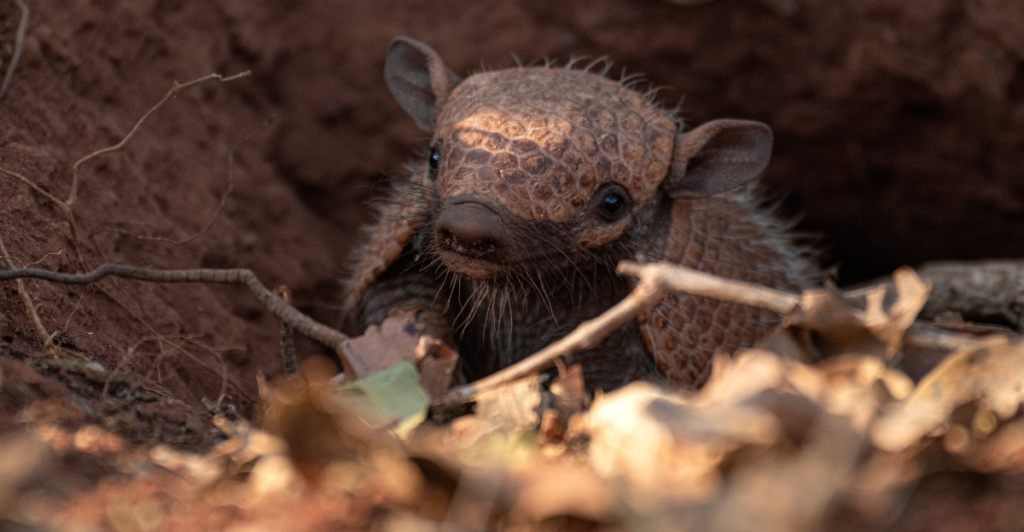
Armadillos possess strong legs and sharp claws, making them exceptional diggers. They use this ability to create burrows and search for food. Their burrowing can be so extensive that it often affects human structures like sidewalks, roads, and building foundations, making them a common nuisance in some areas.
9. Unique Body Temperature
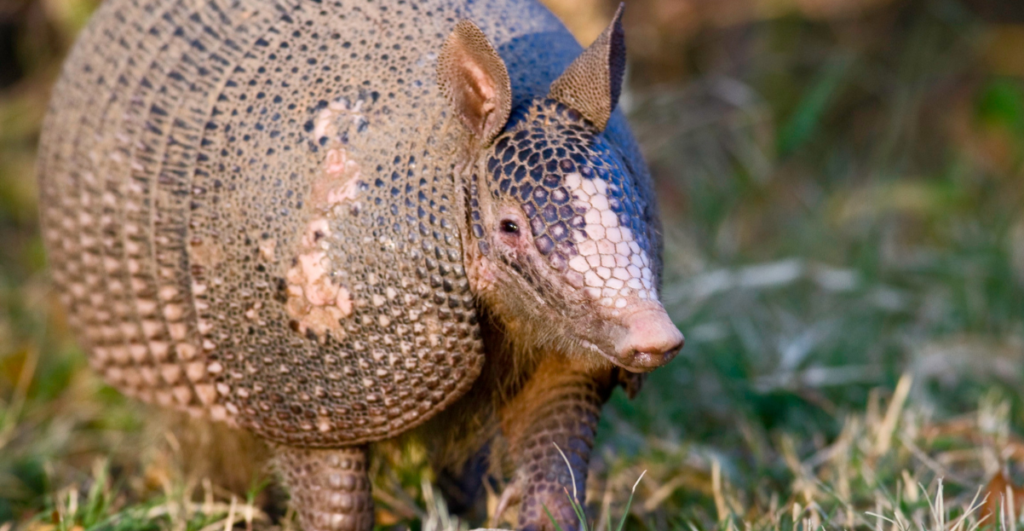
Armadillos have unusually low body temperatures for mammals, ranging from 91 to 97°F. This characteristic makes them susceptible to certain diseases like leprosy. Because of their lower body temperature, they are among the few animals that can harbor and spread Mycobacterium leprae, the bacterium responsible for leprosy in humans.
10. Varied Sizes
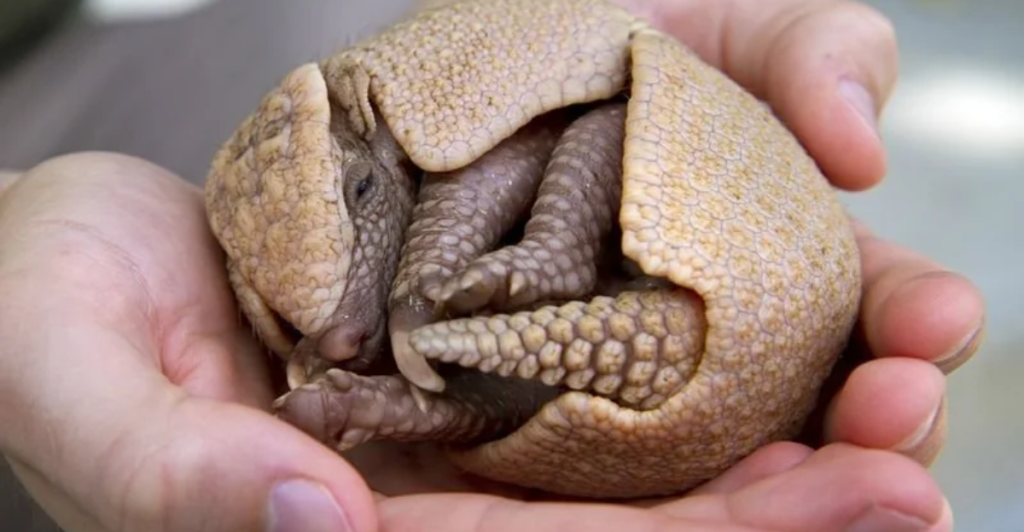
Armadillo species range dramatically in size, from the 4.5-inch-long pink fairy armadillo to the giant armadillo, which can grow up to 5 feet long and weigh over 70 pounds. Despite their differences in size, all armadillos share similar body structures, including their protective shells and strong digging claws.
11. Glowing Skin
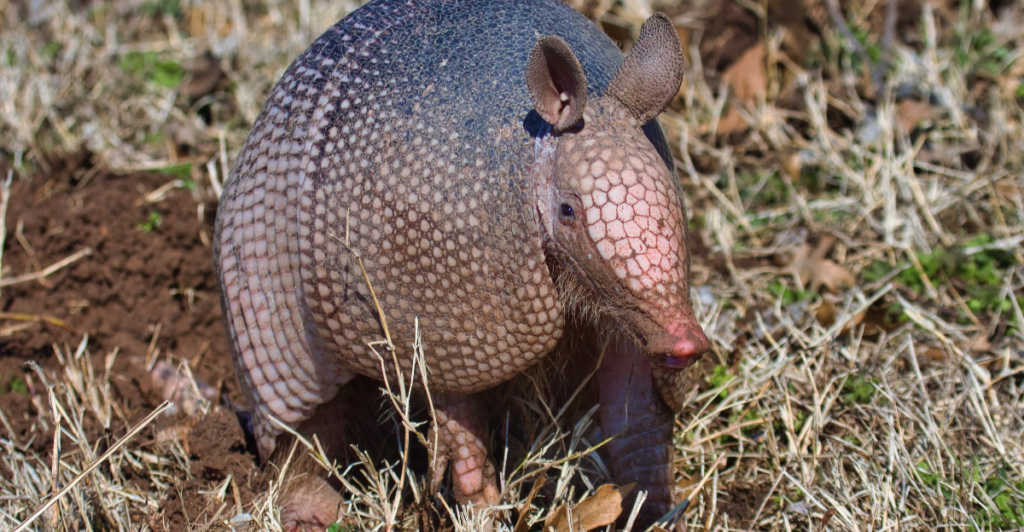
Under ultraviolet light, an armadillo’s shell can glow, adding another layer of uniqueness to their already distinctive appearance. Scientists are still studying why this happens, but some theories suggest it could help with camouflage, communication, or even temperature regulation.
12. Evolutionary Marvels
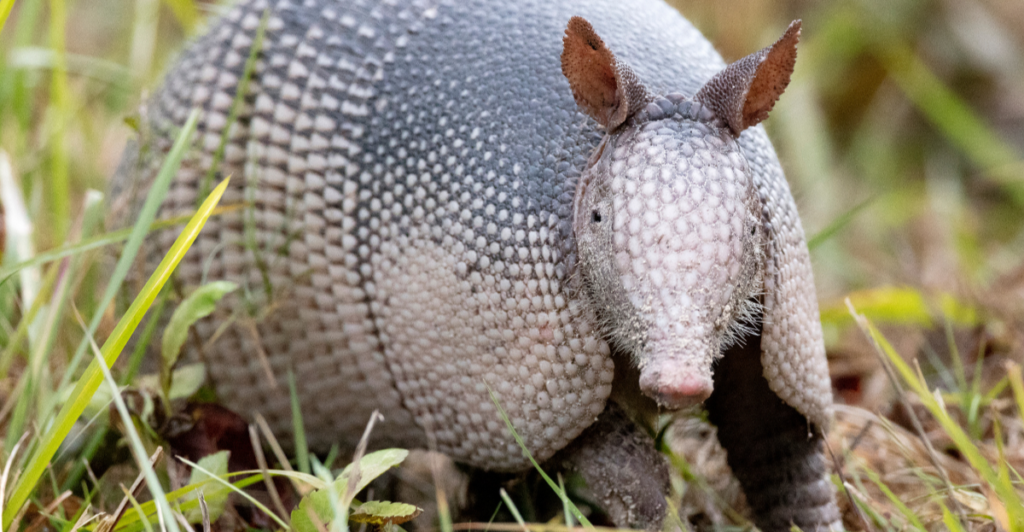
Recent genetic research has revealed that armadillos are closely related to the extinct glyptodonts, massive armored mammals that could grow up to 4.9 feet tall and weigh around 2 tonnes. Fossil evidence shows that glyptodonts had even more heavily armored shells, resembling turtle-like domes, and they likely had few natural predators due to their size and strength.
Discover more of our trending stories and follow us to keep them appearing in your feed

How Mountain Lions Are Actively Choosing to Coexist and Adapt to Human Activity
The American Gray Wolf: A Journey from Near Extinction to Revival
California Is Breaking Apart: A Fault Line Is Forming Faster Than Anyone Predicted
There Will Be Eruptions”: Concerns Mount as Yellowstone Supervolcano Activity Shifts
This article first appeared here
Stay connected with us for more stories like this! Follow us to get the latest updates or hit the Follow button at the top of this article, and let us know what you think by leaving your feedback below. We’d love to hear from you!







